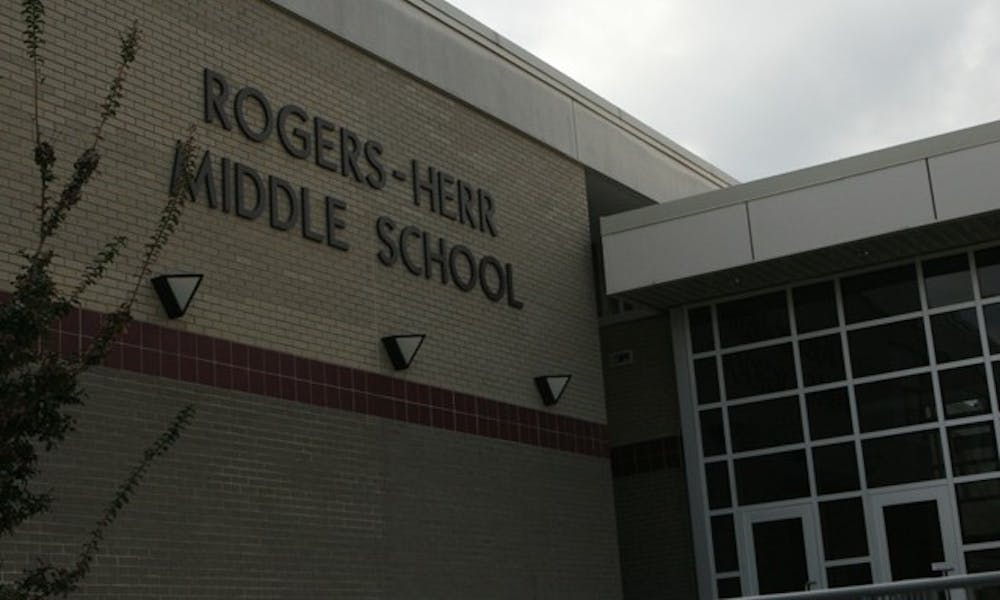This summer, Duke hopes to attack youth violence and delinquent behavior—before it has a chance to begin.
The University’s Office of Durham and Regional Affairs released “Attacking the Dropout Rate in Durham Public Schools: Considerations in Program and Research Designs,” an analysis addressing the dropout rate within DPS, said Phail Wynn, vice president for Durham and regional affairs.
This analysis, released Aug. 28, outlines three ways Duke could implement a summer enrichment program within DPS to curb the number of disconnected youths in Durham. The University has been trying to determine its role in addressing the systemic issues involved with local gang and youth violence, Wynn said. The program would encourage academic reengagement among at-risk students and their families.
“I think [starting an enrichment program] is the best plan available to help reduce the number of students not successfully completing high school and becoming disconnected,” Wynn said. “Disconnection does lead to socially deviant behaviors. It is not just a matter of helping the students regain their confidence and catch up academically, but also it is a way to find ways to get their parents involved and engaged.”
The Duke analysis is based on a study by Robert Balfanz, a research scientist at the Center for Social Organization of Schools at Johns Hopkins University. Balfanz concluded that students in high poverty school districts who get off-track between middle school and high school have a graduation rate of 20 percent or lower. Balfanz identified four indicators that can predict which students are likely to drop out—attendance below 80 percent, unsatisfactory behavior and failure in math and English courses. According to the study, about 40 percent of eventual drop outs could be identified by the sixth grade.
“If there are ways in which we can use existing data to identify students at the end of sixth grade who are most likely to drop out or become disconnected, then logically the most effective and efficient utilization of resources would be to target resources and intervention strategies at those students that we have identified,” Wynn said.
Wynn will meet with DPS Superintendent Carl Harris and School Board Chair Minnie Forte-Brown this week to request access to data to start identifying students exhibiting the indicators.
Wynn will also propose a pilot project for summer 2010, in which Duke would design an enrichment program to provide academic remediation and life skills training to at-risk youths. Wynn said he hopes to include a follow-up component, that will allow student volunteers to serve as mentors and tutors to continue the progress made during the summer.
He added, however, that these are only possible plans and nothing will be finalized until he has DPS support and access to student data.
Junior Will Passo, Duke Student Government vice president for Durham and regional affairs, said he hopes students will use this opportunity as another way to get engaged in the Durham community.
“A lot of the time Duke students don’t realize there is a Durham beyond Duke,” he said. “There is a greater community out there and there are still some problems that we face.”
Leslie Baylor-Newpher, a sixth and seventh grade guidance counselor at Brogden Middle School in Durham, said it is a good idea to use Balfanz’s four indicators to identify students in need of targeted intervention. She added, however, that the success of an enrichment program would depend on other, more practical elements.
“It really depends on if it is free or not, because that would be a major inhibitor, and if transportation was available,” she said. “Those two things would make or break a summer enrichment program.”
Get The Chronicle straight to your inbox
Signup for our weekly newsletter. Cancel at any time.

